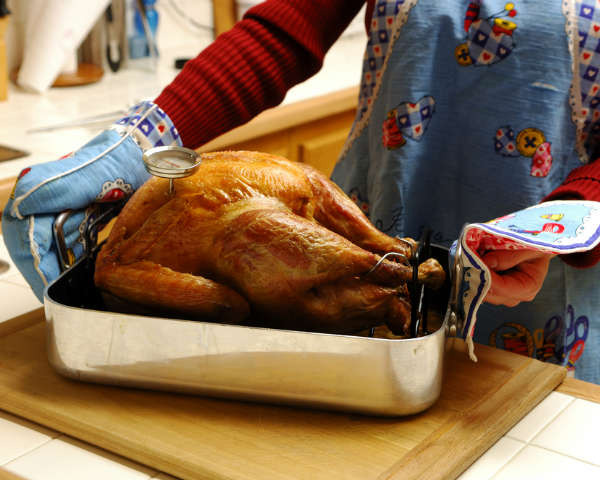Turkey Thermometer: Tips For A Successful Thanksgiving
There are tons of ways to make your Thanksgiving turkey. You can make a simple roasted turkey, a brined turkey, or even a bacon-wrapped turkey. You can have a turkey stuffed with stuffing, rubbed with herbs and spices, a smoked turkey, or even make a paper-bag turkey. But no matter what turkey you're making this year, you have to know when it is ready to enjoy.
How? By purchasing one of the most important Thanksgiving tools you'll ever need: a turkey thermometer. And we can absolutely tell you which thermometer to buy, but before you go out and purchase a turkey thermometer, you have to know which type of thermometer is right for you, and how to use it once you've got it! Follow these simple facts and tips and you'll get the best read out of your turkey thermometer every time!
Digital Thermometer:
A digital thermometer is a fast and easy way to get a clear read. However, you cannot leave it in the oven or submerge it in liquid of any kind. Digital thermometers should be used at the end of your turkey's cook time. On a digital thermometer, the sensor is located in the tip of the probe, making it ideal for measuring temperatures in foods that are thin, like a turkey breast, or foods with short cooking times, like burgers. When using one, you should place the probe in the center of the thickest part of the meat for an accurate read.
Dial Thermometers
Typically, dial thermometers are oven-safe and are inserted in the turkey throughout the duration of cook time. Larger ones are better for whole roasts and poultry, while the small thermometers are good for spot-checking. The large turkey thermometer should be inserted at an angle about two inches into the thickest part of the food, without touching bone or fat. Allow 15 seconds to pass for an accurate temperature read.
